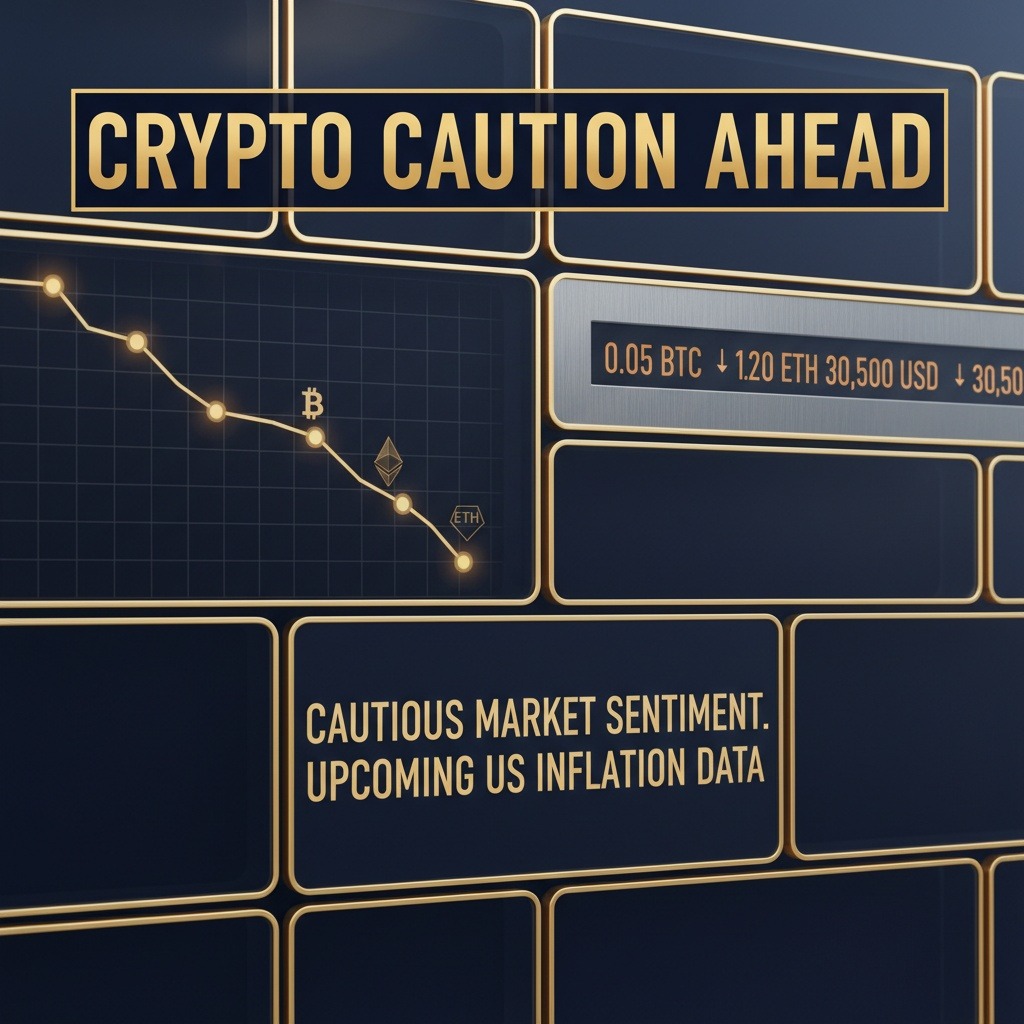The cryptocurrency landscape is currently painted in red, as the CoinDesk 20 Index has experienced a sharp decline of 5% within the past 24 hours. Every constituent token is following this downward trend, indicating a prevailing risk-off sentiment among investors.
Market movements have indicated ongoing capital outflows from the futures sector, with a noticeable preference for protective measures such as put options in Bitcoin (BTC) and Ethereum (ETH) on exchanges like Deribit. The focus of the market appears to be shifting toward ensuring stability, potentially in light of the looming U.S. core Personal Consumption Expenditures (PCE) report set to release on Friday. This indicator is favored by the Federal Reserve as a gauge of inflationary pressures, and any unexpected results could amplify market volatility.
In recent developments, Plasma—a newly launched blockchain platform designed specifically for stablecoin operations—made headlines this week. On Thursday, it introduced its mainnet beta along with its native token, XPL, which has quickly achieved a fully diluted valuation surpassing $12 billion. The layer-1 network enjoys backing from prominent figures and institutions, including Bitfinex, Bybit, Tether’s CEO Paolo Ardoino, and billionaire investor Peter Thiel. Notably, more than $2 billion worth of XPL tokens were circulated at launch.
Plasma aims to facilitate high-speed and low-cost stablecoin transactions, with aspirations to become the backbone for a new wave of decentralized finance (DeFi) applications. Initial liquidity has already been allocated across well-known platforms like Aave, Ethereum, Euler, and Fluid. Among its features is the Plasma One, a proposed “stablecoin-native neobank.” However, certain tokens marketed to investors in the United States face restrictions that lock them until mid-2026, potentially affecting early trading volumes.
Meanwhile, derivatives data illustrates that key tokens like Bitcoin and Ethereum continue to witness capital exits from the futures market, resulting in a reduction in open interest (OI). This trend is not surprising, as markets often undergo corrections to eliminate overleveraged positions. In the ensuing hours, both BTC and ETH have shown further declines in OI, casting doubt on the sustainability of any recent minor price rebounds. Contrastingly, smaller altcoins like KAS and KCS registered modest increases in OI over the last day.
Trading volume within cryptocurrency perpetual contracts has surged on Aster DEX, exceeding $46 billion, a substantial rise compared to Hyperliquid’s $17 billion. On the CME, the open interest for Bitcoin futures has almost reverted from its peak earlier this month, dropping from 149K BTC to 134K BTC, which reflects renewed capital flight from this asset class. However, open interest in options is trending upward, nearing a November 2024 high of 56.19K BTC.
Positioning within Ethereum futures and options remains robust on Deribit, with a three-month annualized basis of 7%, which is significantly less than Solana’s (SOL) rate of 15%. Furthermore, options risk reversals for BTC and ETH are leaning toward the bearish side as the December expiry approaches. In contrast, the outlook for SOL and XRP appears more optimistic, with pricing reflecting bullish sentiment leading up to the year-end expiration.
As the market awaits the upcoming PCE data, investor sentiment remains cautious, and the crypto landscape continues to face pressures amidst shifting financial conditions.



